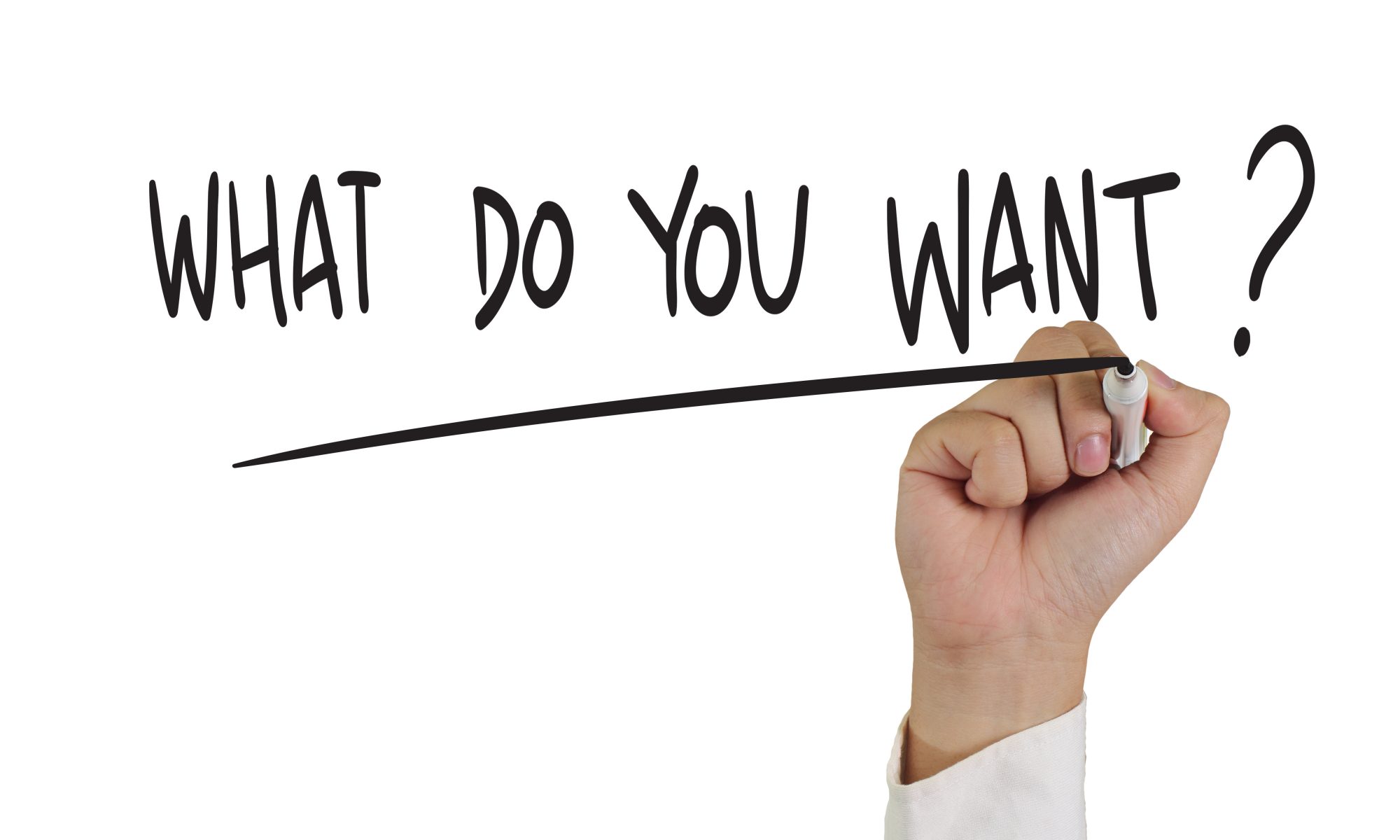



For this project we simply want you to run through the process of determining some simple training goals.
As you work through your driving exercises your goals will be fairly 'tight' and specific for individual subjects, however in this practise exercise we would like you to consider all of your driving and set some 'global goals' about what you want to get from iCourse Driving.
Download and print your worksheet below.
1. You will start by scaling yourself as a driver and completing the sentence:.
On a scale of 0 to 10 (where 10 is high) I estimate my current driving ability to be: Go with your 'gut feeling' and then take a moment to think about it, making sure that you are happy with your estimation. Important: Don't 'over-think', remember that your gut feeling will almost always be accurate.
2. Having given yourself a score you now need to consider the things that need to change to improve.
"What do I need to know, or to do, in order to improve my score and how much do I realistically think I can improve through self-development practise."
Because this is a 'global' project covering a large topic you might have several key areas that you wish to improve, however, we want you to narrow these down to what you consider to be the three most important things. List these on the project sheet.
When completing the 'scaling' project you will have read that sometimes students ask us how they can improve their own driving without first having had practical driver training.
It's true that if you were just randomly driving around with no specific goal in mind self-tuition would probably not make much difference, but that isn't what you will be doing in this course. We will be giving you specific exercises to follow and you will be setting specific 'performance goals' for yourself..
Example: Accuracy when parallel parking
If you are practising parallel parking you don't need a trainer to tell you whether or not you are accurate. You can judge this by your end position and the line you follow as you reverse. You will have a rough idea before you start to practise and will have perhaps given yourself a scaling score and thought about what you want to improve. You then practise and scale yourself again to get a more accurate idea of you current reality.
After you have recognised how accurate you are currently you can compare your performance to the standard set out in 'Driving, essential skills', DriverActive or one of our videos; after doing this you can analyse what you are doing and take steps to improve/correct it.
The analysis is an important part of your learning - when working as an instructor you will need to help others to analyse their driving issues, the best way to start learning how to do this is to get plenty of practise analysing your own skills.
Some students are able to pass ADI Part-Two simply by following the online course and developing their own skills - this has happened several times when students have opted to take short notice tests*. The main purpose of any practical driver training that you might take is to get a 'second opinion' and suggestions about minor tweaks and corrections - perhaps with some 'hints and tricks'. You will then continue to practise after your training.
(*Note that where a course has guarantees in place, the practical training/assessment is a necessary requirement.)
The practise exercises are practical - you need to go out and practise in order to analyse and improve - reading and watching videos is not enough.
While you can practise while driving to and from work, taking the kids to school etc., this will also not usually be enough in itself. You will need to do specific practise sessions for each subject where your only reason for leaving the house is to do the exercise.
Before moving on make sure that you fully understand the information in this unit. We want you to qualify as soon as possible - to gain maximum success you will need to develop your self-evaluation skills and be honest with yourself at all times.
Completion of self-evaluation for all driving exercises is also a requirement to meet the terms of any training guarantee that might have been offered with your course.
The practise exercises form an integral part of your driving development - without them the practical training is unlikely to be enough for you to meet the required standard. Also as with any training, the better prepared you are going into the practical driver training, the more value you will get from it.
Next: Step 6, Self-Evaluation Questions and Reflection.